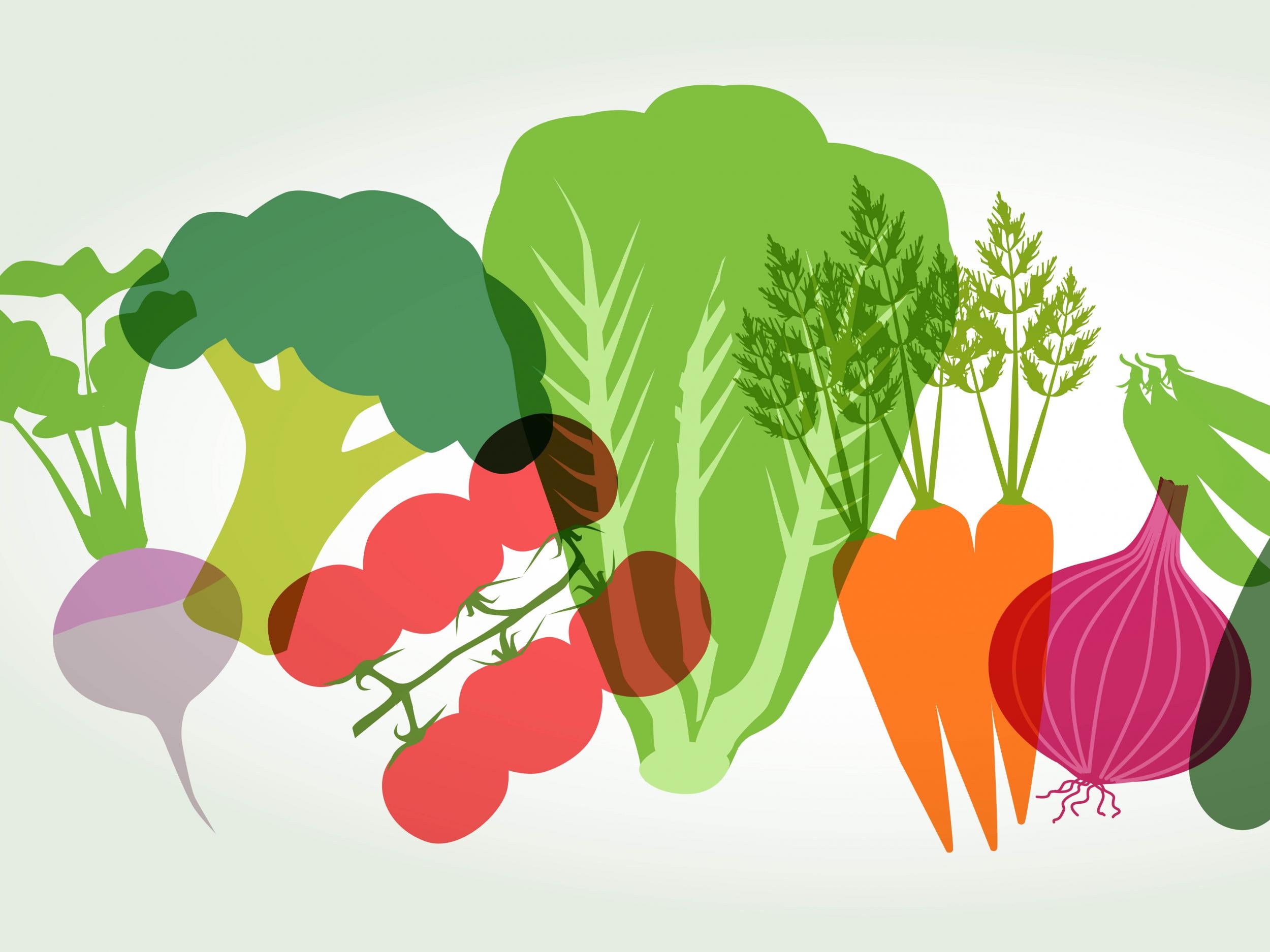The Independent's journalism is supported by our readers. When you purchase through links on our site, we may earn commission.
How to reduce food waste and grow your own vegetables
You don’t even need to buy seeds to get going, just use the root ends of your leftovers

Your support helps us to tell the story
From reproductive rights to climate change to Big Tech, The Independent is on the ground when the story is developing. Whether it's investigating the financials of Elon Musk's pro-Trump PAC or producing our latest documentary, 'The A Word', which shines a light on the American women fighting for reproductive rights, we know how important it is to parse out the facts from the messaging.
At such a critical moment in US history, we need reporters on the ground. Your donation allows us to keep sending journalists to speak to both sides of the story.
The Independent is trusted by Americans across the entire political spectrum. And unlike many other quality news outlets, we choose not to lock Americans out of our reporting and analysis with paywalls. We believe quality journalism should be available to everyone, paid for by those who can afford it.
Your support makes all the difference.Although people have stopped stockpiling, there’s still some things we can’t get when we go food shopping.
And there is an answer to that: grow your own.
You don’t need a big vegetable patch to do be able to do this, or even a spacious garden. Herbs and lots of smaller vegetables and lettuces can be grown in pots, on windowsills and in odd containers or tubs you might have.
It’s also a good way of reducing the amount of food or odds and ends that we’d otherwise throw away.
Food waste expert and Oddbox co-founder, Emilie Vanpoperinghe, has shared her genius simple tricks for how to regrow food from scraps.
“All you need to start is some vegetable ends and scraps, a little sunshine and water, and a good dosage of TLC,” she says.
“Before you know it, you’ll have a much more sustainable way of eating that provides you with delicious vegetables, all from something that you might’ve otherwise have thrown away.”
Here Vanpoperinghe explains some of the veggies you can easily regrow at home and how to go about it.
Living lettuce: time to grow – two to three weeks
Place the stem in water making sure it covers no more than two-thirds and leave in a spot with plenty of light.
Fill up and change the water when it needs (typically if it gets a bit cloudy).
If you have the space then transfer the little shrub to soil, which will allow for better growth, but if a windowsill and empty jar is all you’ve got, this’ll do just fine.
Ensure you cut from the outer leaves and leave a small inner core. Then just keep eating and regrowing in this beautiful circle of life for as long as your lettuce allows you.
Spring onions from ends: time to grow – one to two weeks
Leave about an inch from the roots and pop them in a shallow glass of water so that the tops aren’t submerged.
Change the water every few days and watch the green shoots continue to grow.
Cut what you need from the tops, and the spring onions will grow for as long as you take care of them.
Onions from ends: time to grow – two to four weeks
Leaving about a half-inch up from the roots of the onion attached, place it directly in a small pot of soil and cover it with a layer of soil, keeping it in a sunny spot.
Water it every day to keep the soil nice and moist, and you’ll begin to see the spring onion shoots come up in a few weeks.
Coriander, basil and other cut herbs: time to grow – two to three weeks
Ensure that there’s around 2-3in left of the stem of your herbs, and place them upright in a tall glass of water. The new roots should start to sprout after the first week, after which you can transfer them into a small pot of soil for your windowsill, making sure not to over water it.
Once the herbs have begun flourishing, make sure never to pick out more than a third of the plant.
Celery from stalks: time to grow – one to three weeks
Leave around 1-2in from the base of celery, and place down in a small bowl/glass of water in a sunny spot.
After the first few days, you’ll see new leaves begin growing from the middle, and roots begin to grow.
Transfer the celery shrub to a small pot of soil, making sure to keep it in as much direct sunlight as possible each day, watering it generously for it to grow its stalks to full length.
Leeks from ends: time to grow – one to two weeks
Leeks regrow much like celery and spring onions, the only difference is the sheer size of the leeks!
Leaving 1-2in of the leek’s root ends, soak them root-first in a shallow glass/container of lukewarm water.
Place them on a sunny windowsill, changing the water fairly frequently. You’ll begin to see the leeks regrow from the middle within the first week.
Garlic shoots: time to grow – one to two weeks
Plant your garlic cloves with their roots facing down in a small pot of potting soil. Sit in a spot with lots of direct sunlight, and you’ll begin to see the beginnings of the new shoot in a few days.
Alternatively, pop garlic that has sprouted slightly into a shot glass of water. These tops will continue growing and can be eaten just like spring onions.
Join our commenting forum
Join thought-provoking conversations, follow other Independent readers and see their replies
Comments